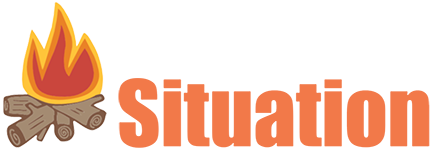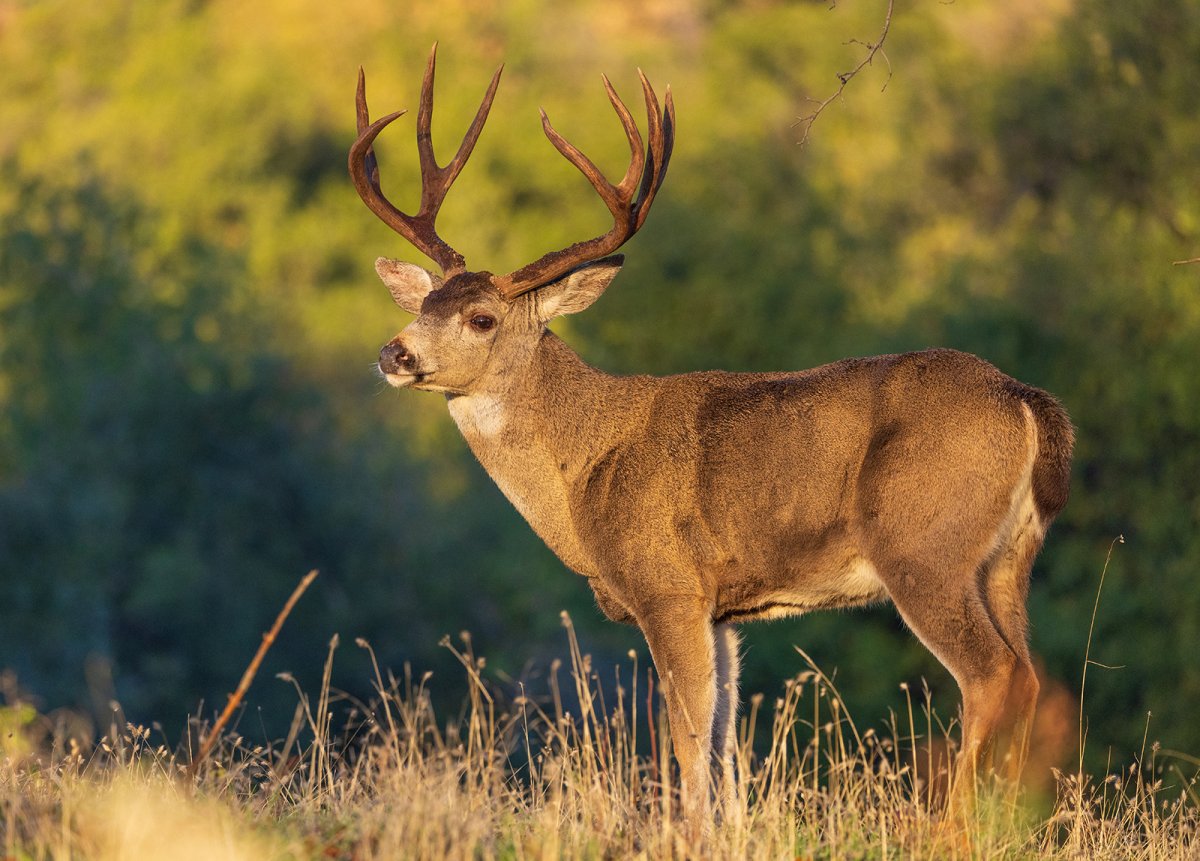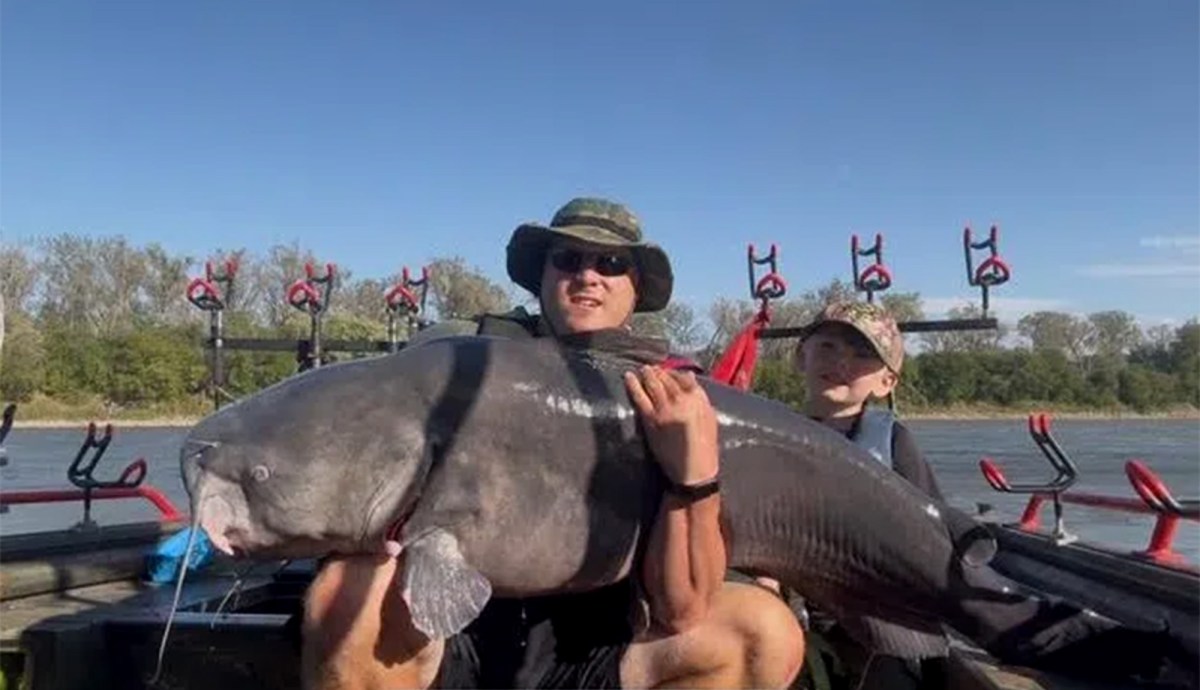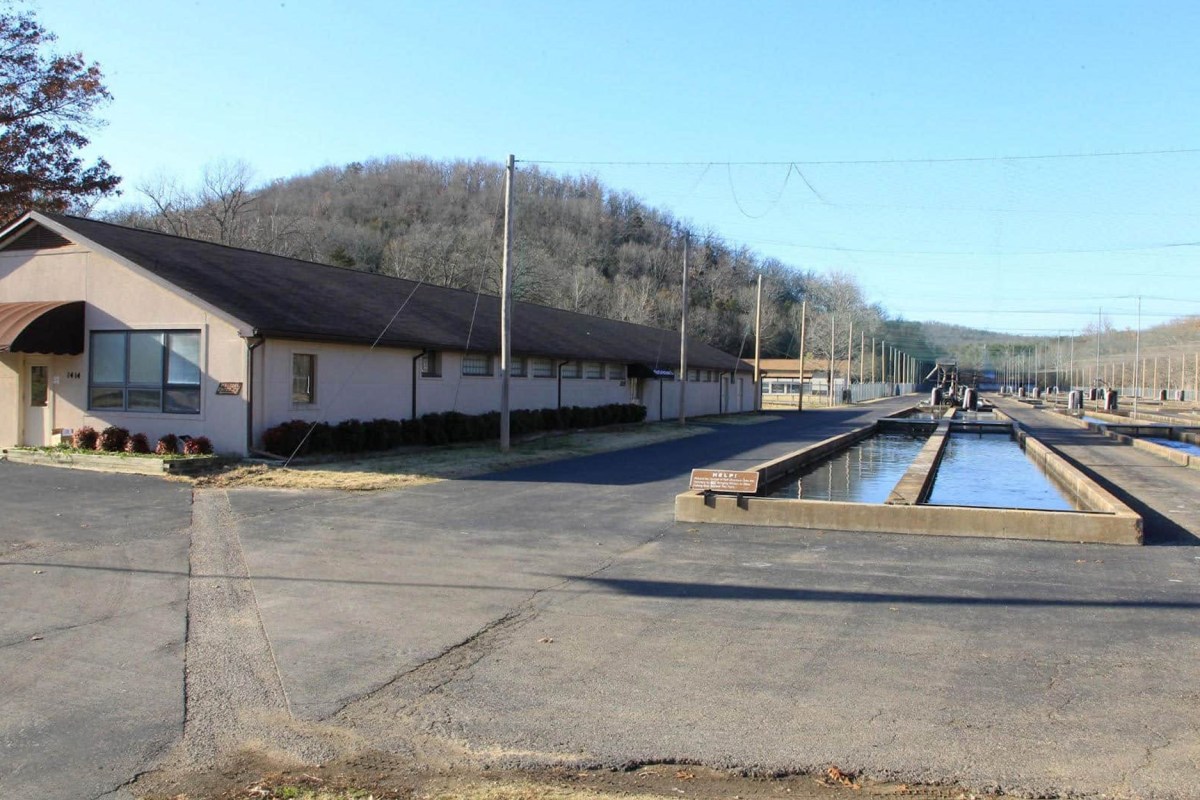The Goat Hunt That Almost Killed Me: Chasing Mountain Billies With a Bad Back and Feverish Cameraman

A five-hour horseback ride found us nearing timber’s edge. Through the claustrophobic conifers, granite peaks loomed in the wide open beyond. I’d hunted Dall sheep in various mountain ranges in Alaska, and Himalayan tahr multiple times in New Zealand. This was my first mountain goat hunt. I wasn’t sure I could do it.
Near the northeastern shores of British Columbia’s Tuchodi Lake, we pitched spike camp inside the treeline. With camp roughed out, the wrangler stayed back to manage details, including supper. Richard Baumeister, my young guide working for Tuchodi River Outfitters, and I rode horses another hour, northward. Travis Ralls, my ace sidekick and videographer of five years, came along with us.
We settled into the gravel shoreline of Tuchodi Lake and began glassing for mountain goats.
We searched the vertical cliffs for nearly an hour, but didn’t see a single goat. Then we broke out the spotting scopes. That’s when I discovered how massive the country truly was. The folds and ledges we’d been scanning through binoculars looked totally different through the high-powered spotter. Goats were prevalent.
“Don’t worry, those are only a last resort,” assured Richard. His words set me at ease, momentarily.
We glassed until dark and saw more goats. From our perspective the stalks looked straightforward. Then again, many of the goats we spied were miles away, mere white dots in the lifeless cliffs.
The horses took us back to spike camp in the dark. They knew the way. The pace was slow, peaceful and quiet, save for bugling bull elk in the surrounding timber. Dinner was delicious. The night quickly passed.
Horses saddled, we rode out of spike camp the next morning, well before light. Once again trusting the horses to guide us down the dark trail, Richard was intent on reaching the glassing spot before daylight.
The morning was calm, the moonlit lake, smooth. A starry night soon gave way to blue sky. After an hour of glassing, we saw no goats. Daylight was burning. “They’re up there,” said Richard, one eye glued to his spotting scope. “We just have to go find them.”
Tying off the horses, we shed outer layers, drank water, refilled bottles from the lake, cinched down our packs and started climbing. It took four hours to break through the timbered, rocky mountain before we could start looking for goats. At that moment I looked Richard in the eye and told him we had one shot; there was no way I would be able to make it up the mountain another day.
A World of Hurt
Four months prior I tore two discs in my lower back while bear hunting in Alaska. An MRI revealed the tears, along with serious stenosis, multiple bone spurs and calcium that had built up around many nerves. Surgery was needed. But not now.
At the time I was hosting two TV shows, 26 episodes each, almost all big game hunting. To pull it off, I did upwards of 60 hunts per year. It was a dream job, a great way to see the world and hunt some of its most glamorous game. But it was also hard on the body. There was no down time. My back didn’t heal over the summer as I’d hoped; hunts in the South Pacific and Africa hindered that.
Two days before leaving on the goat hunt to British Columbia I had cortisone shots in my back. “Now, take it easy for two weeks and don’t do any lifting or bending,” the doctor told me as I gained my feet following the procedure. I laughed, thinking he was joking. He wasn’t.
“I leave in two days for three weeks of work,” I told him. He asked what I did. He shook his head when I told him. “Why did you get the shots, then?” He came back. “Why didn’t you tell me I’d have to be inactive for the shots to work?” I questioned. “Well, just don’t carry a pack and whatever you do, don’t get on a horse!” He instructed. I left without another word.
By the time of the goat hunt I’d been in B.C. nearly two weeks. I rode horses just about every day. I killed a nice bull elk with a bow, and a good moose with a .300 Winchester Short Magnum. I took a few days to rest before the goat hunt. It didn’t help much. Neither had the shots. Even around camp every step felt like I was walking on glass. The pain kept me away, and if I got a few hours sleep each night, I was lucky.
Richard knew I was hurting. But he didn’t know how bad it was. Standing on the
mountain, my legs were 80 percent numb from the waist, down. My hamstrings were wound tight and intensely burned. I had little control of my feet and had to watch where each step fell in order to maintain balance and ready my body for the next step. Both feet were totally numb except for the very tops, which did no good. Each stride felt like I was getting stabbed in the back with a sharp knife. It was the most painful day of my life — October 2nd, 2008. I won’t forget it.
Making the Climb
Once we hit the treeless terrain, the steepness of our climb dramatically increased. The objective was to reach one of two areas where we’d seen goats moving the evening before. Mountain goats, especially mature billies, are very predictable in their daily routines this time of year, Richard told me. He felt confident that if we could make it to where we’d seen the goats the evening prior, chances were high they’d show up in the same place at the same time.
Another hour of intense hiking and a white speck finally appeared nearly two miles away. It was in the bottom of a shaded, rocky canyon. Travis the videographer spotted it first. He grew up hunting, and he had some of the most incredible eyes for locating game I’d ever seen. He routinely found more game than I or the outfitters we occasionally hunted with. This was true no matter where in the world we were. Travis was a college wrestler, tough as nails and never quit — ever. Not even on this hunt where he had a bout of the flu. An hour into the hike Travis ran out of water. He had a fever and had been throwing up and cramping. We shared sips from my water rations but soon ran out, as did Richard. Seven hours would pass before we’d get to a creek. Now the hunt was turning into pain for all of us.
Three hours after spotting the goat, we were still hiking, be it slowly. Still, we weren’t anywhere near where we needed to be for a shot. By now my lower body was in constant, hot pain. Each step felt as if a red-hot cattle prod was being driven into my legs and lower back. If it wasn’t for a job to do, I would have quit. But with networks, producers, and deadlines staring us in the face, failure wasn’t an option. And going home with multiple shows in the can meant two days off before our next hunt. Family life is hard in this business. I had two young sons at home waiting for me.
The more I thought about how far we’d come, and what a lifelong dream a goat hunt had been for me, the more driven I felt. At times the pain was so excruciating, I honestly thought this might be the last hunt of my life. I wasn’t sure my body would recover from it. Then Travis blacked out. I stayed with him while Richard pushed forward. A few minutes later Travis came to. He refused to quit.
It was in the mid-60s, above normal temperatures for this part of Canada in the fall. The conditions were hard on our bodies, but good for hunting because it forced goats into cooler, shaded hides.
Finally, with only a three hours of daylight remaining, we were in position. The goat passed through heavy shadows, still over 1,000 yards away. After studying the billy through the spotting scope, Richard put it close to 10-inches. I’d held a standard in my mind but by this point, being in so much pain, I couldn’t have cared less about what a tape measure said. As long as it was legal, I was good. I knew my body would not be able to make it up the mountain again, not on this trip, maybe not ever.
Stinging legs and burning lungs that begged for air made me wish I’d have tried for a goat earlier in life, with a healthy back. Bloodied fingers and torn fingernails—the result of grasping sharp rocks on the arduous climb—added to the discomfort. I felt bad for Travis, carting that big camera, heavy tripod and a pack full of batteries and other gear up the mountain. He didn’t complain once. He never did. He kept me going more times than he knew. That kind of determination and sacrifice is tough to find in a person, let alone a talented videographer who was also a skilled hunter in his own right.
Making a final move to get into shooting position on the billy, we pushed as hard as my body would allow. Then the billy bedded down, pinning us behind a lone spruce tree for over an hour. Travis and I were thankful though, we needed the rest.
When the goat got up it began feeding our direction. A half-hour later it was inside 500 yards. Then it dropped into a creek bottom, out of sight.
“Let’s stay put, it should come out right there,” Richard pointed at the near ridge in front of us. It was exactly where we saw the billy come out yesterday at this time. “It’ll happen, we just have to be patient,” Richard encouraged.
After 45 minutes our patience grew thin. We knew the goat should have emerged by now. Fearing it had slipped up a draw hidden from our position, we agreed to hike across the opening and try to locate the goat.
It was a risky move. If we got busted while moving across the opening, there’s no way we could have gotten the shot on film as things would have likely unravelled too quickly. Getting the kill shot on film was essential. It was actually in my contract. If we sat and waited and the goat didn’t show soon, we’d be out of filming light. Camera’s back then ran out of light about 30 minutes prior to legal shooting light.
Success and Relief
In eight hours we’d climbed over 3,000 vertical feet, the most Richard had ever gained for a goat in a single day. We only had a couple hundred more feet to go and we’d be able to look into the ravine.
Gathering packs, spotting scopes and camera gear, we poked our heads from behind the spruce tree. Then, glowing larger than life, a stunning, white mass of a mountain goat materialized in the exact spot Richard said it would. Its thin waist and muscular shoulders caught me off-guard. The billy appeared larger than anticipated. Given its immense, blocky stature, it seemed much closer than the 163-yard reading on my rangefinder.
Slowly, quietly, we withdrew behind the tree. Slipping the rifle sling off my shoulder and the pack from my back, I quickly gained a solid rest. Travis got the camera on the tripod, the goat full-frame. Then the wind changed. The goat’s wet, black nose pumped the air. “It’s smelling us, shoot now!” Richard urged.
Placing the amber dot of the Trijicon AccuPoint crosshair behind the billy’s shoulder, I pressured the trigger on the .300 short mag. The shot surprised me. The goat dropped. A wave of emotions shot through my body. My mountain goat dreams had just become reality.
Approaching the gorgeous animal, its long, pure white coat left me speechless. It had tumbled more than 50 yards down a vertical, rocky cliff, so when Richard pulled the heavy, 10 1/4-inch long horns out of the rocks, both fully in-tact, the silence was broken with cheers, hugs, and high-fives.
The best part, it came to rest mere feet from a cool, fresh, rushing stream. Before snapping photos we filled our filtered water bottles and drank, multiple times. Water never tasted so good.
What the cameras didn’t show were the hours of work that followed. Though we quickly skinned the goat for a life-size mount and boned out the meat in a timely fashion, we still had to get off the mountain and back to our spike camp.
Travis continued packing his heavy load along with some meat, while I tossed the full cape, skull, and some meat into my pack. Richard took the bulk of the meat in his pack, along with some loose gear. Back at camp, Richard’s pack weighed over 90 pounds, mine 80, and Travis’ about that, plus the camera and bulky tripod.
Descending the mountain, darkness consumed us during the most treacherous part. With nearly 300 vertical feet of sheer rock between us and the giant boulders in the creek bottom below, I carefully placed each step. One missed stride, one stumble, would mean certain death. This was not where we planned on being at nightfall. But there was no turning back. A sick, helpless feeling consumed me.
After tediously negotiating the rocky mountainside, we found ourselves in the middle of low-growing brush that tangled our feet with every step. The terrain was extremely steep. Vines grabbed at my feet. I remember this as the most painful part of the entire experience. I wasn’t sure I’d be able to continue. I considered laying down right there, waiting for a helicopter to lift me out the following day.
My legs were numb to the point of not working like my mind said they should. With every step, my body coiled in anticipation of the surging pain. No muscle relaxers were strong enough to dull it.
When we hit the timber I pleaded with Richard to stop and spend the night on the soft, thick, moss-covered floor. He pointed out that though it was 10:00 p.m. and the stars were out, that could all change in a short time at this elevation. If we were caught up here without shelter, it would be bad.
Read Next: Lost in the Gloom: A Dream Mountain Goat Hunt Turns into a Nightmare
We rested, drank more water and pushed on. By now, both of my feet were numb, even on top. Tripping over limbs, logs and thick moss, it was a challenge to maintain a positive mental state.
Just after midnight we reached the horses, where we had tied them 14 hours prior. I was elated to see all three still there. Dropping our packs, we removed our boots and socks and soaked our aching feet in the ice-cold waters of Tuchodi Lake. I could have slept right there on the rocks.
The last thing I felt like doing was slipping into the saddle and riding a horse back to spike camp. My body was shredded, and I had all but lost control of my legs.
Once again, letting the horses blindly guide us through the night, it was a gratifying feeling to reflect on what we’d accomplished on this day. Staring at millions of shimmering stars in the black, night sky, I couldn’t help but wonder how my wife, Tiffany, was doing — it was her birthday. I missed it 13 years in a row; another drawback of this job. She was always understanding. Always supportive. I couldn’t have done any of it without her.
Arriving in camp at 2:00 a.m., the wrangler hopped out of his bedroll and had the saddle off my horse before I made it to the smoldering campfire. A hot meal followed, with plenty to drink. Then we slept.
The next morning found us back in the saddle, headed for base camp. On occasion I’d catch glimpses of the granite peaks behind us, where our goat had lived its life. While it was the most painful and demanding hunt I’ve ever been a part of, riding out of there gave me a feeling of accomplishment I’ll never forget.
I ended up losing three toenails. Both feet were numb for several months. I wished my body would have been running on all cylinders so I could have enjoyed the experience more. Pain and accomplishment are different experiences than fun.
I endured the back pain for a few more years before getting surgery. Waiting so long was the dumbest mistake of my life. As I write this, I’m just coming off my second back surgery, more invasive than the first. Plates, screws, and rods now hold my spine together, but I’m the most pain-free I’ve been since 2008. I might even consider another goat hunt one day.
For signed copies of Scott Haugen’s many books, visit scotthaugen.com. Follow his adventures on Instagram and Facebook.
Read the full article here









